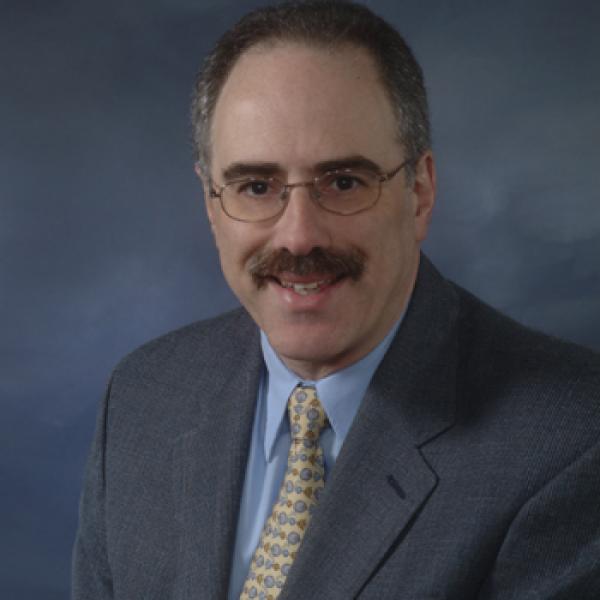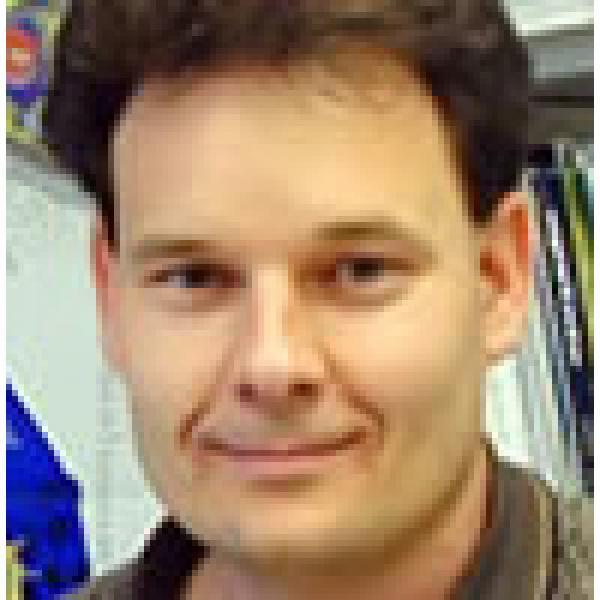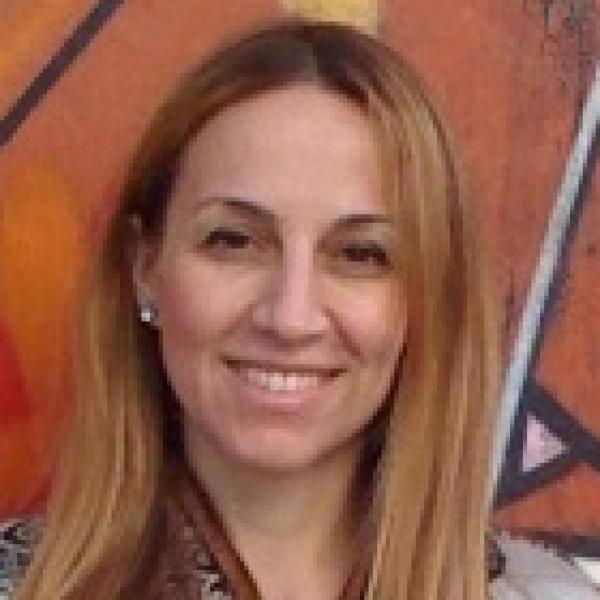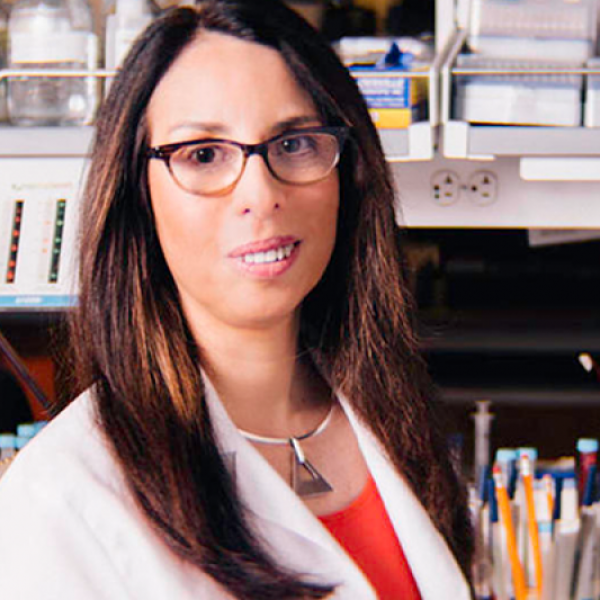Hensin Tsao
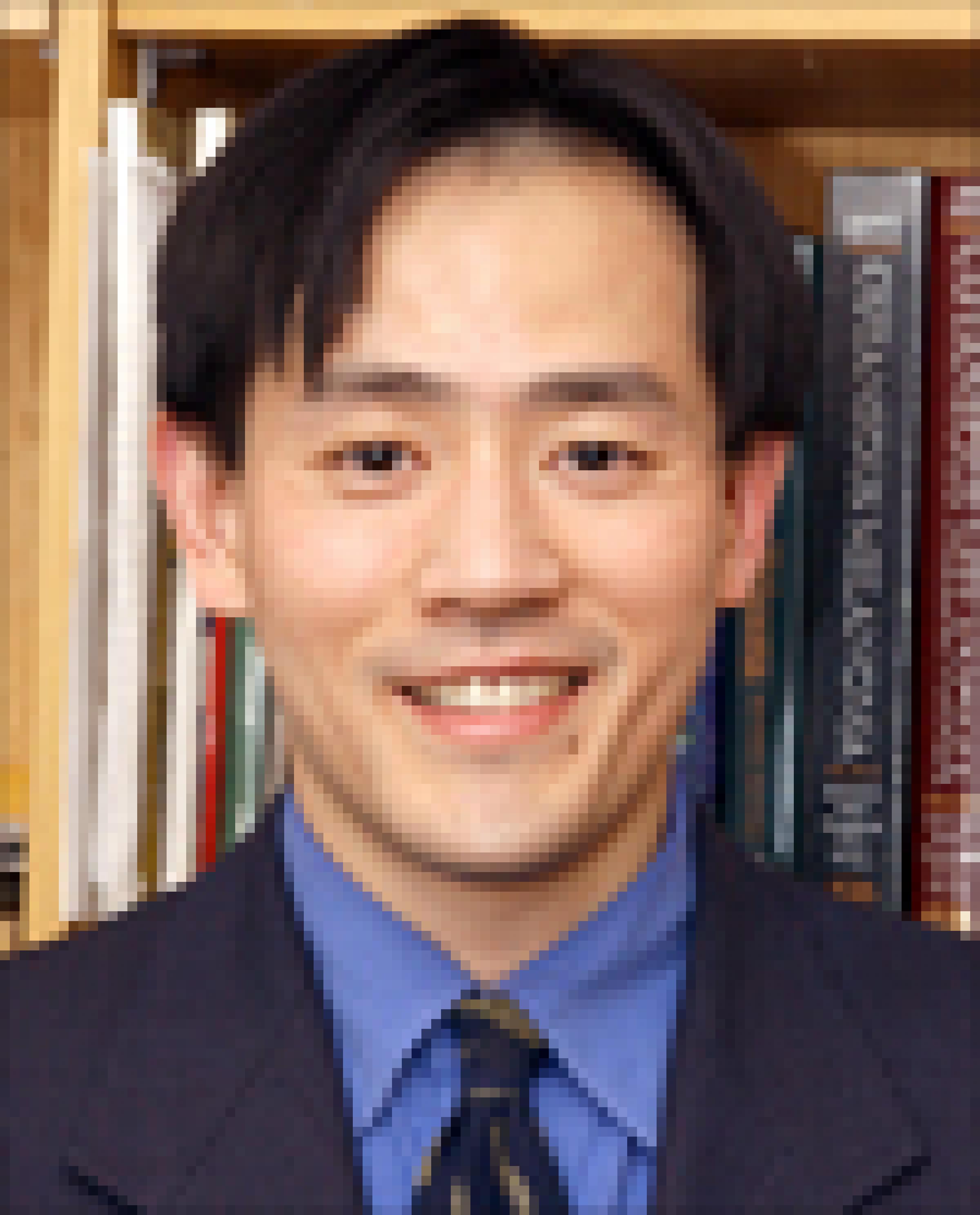
Hensin Tsao learned to fear, and respect, cancer at an early age when he witnessed his grandmother pass away from ovarian cancer. Despite his inability to understand the science behind his grandmother's death, young Tsao saw the devastation that cancer caused his loved ones.
Years later Tsao pursued a medical degree, specializing in dermatology, along with a doctorate in biophysics and biochemistry. He currently supervises a laboratory at Massachusetts General Hospital focused on the genetics of melanoma. Tsao's decision to focus his career on melanoma rather than another type of cancer is a result of his belief that "melanoma represented the greatest challenge." He explains that studying melanoma skin cancer "really is medicine, mystery, and mission all wrapped up in one. Every time we think we understand the disease, something unexpected emerges, which drives us back to the laboratory for more."
Cancer is caused by mutations in a cell's genetic makeup - sometimes through the exposure to environmental insults (UV radiation), toxic chemicals, and other factors - which cause the cells to change, grow, and invade other tissues. Tsao and his team are working to identify these crucial mutations and how they impact the behavior of melanoma cells in order to suggest how targets can be leveraged toward finding a cure. Tsao calls this research approach "target practice."
Tsao's research has been funded by an MRA Team Science Award. Thanks to the award, Tsao is collaborating with David Solit, M.D., Memorial Sloan-Kettering Cancer Center, and seven other research leaders from six different institutions to identify causes of resistance to a class of drugs called BRAF inhibitors. The first BRAF inhibitor was approved by the FDA in August 2011. Despite a high response rate to the drug, a majority of patients relapse due to drug resistance. The collaborative effort, a hallmark of the MRA research program, allows Tsao and the team to reach more patients and acquire more information. "We can create a virtual cloud of phenotypes and genotypes, which we work collaboratively from."
The Tsao and Solit team was created in part by MRA seeing the transformative potential of a combined effort. Rather than two groups led by Tsao and Solit separately, MRA proposed a merger to create a collaboration of six world-class centers conducting trials of BRAF inhibitors. Tsao believes that "the Melanoma Research Alliance recognizes the fact that the collaboration of experts in multiple fields is a faster, more effective method of cancer research. A research team allows you to focus on your own scientific game while partnering with other experts to accelerate progress." In addition to producing results more quickly, this collaboration is important when dealing with complex science. "The Team Science Award is a perfect example of how win-win scenarios can be created and orchestrated."

